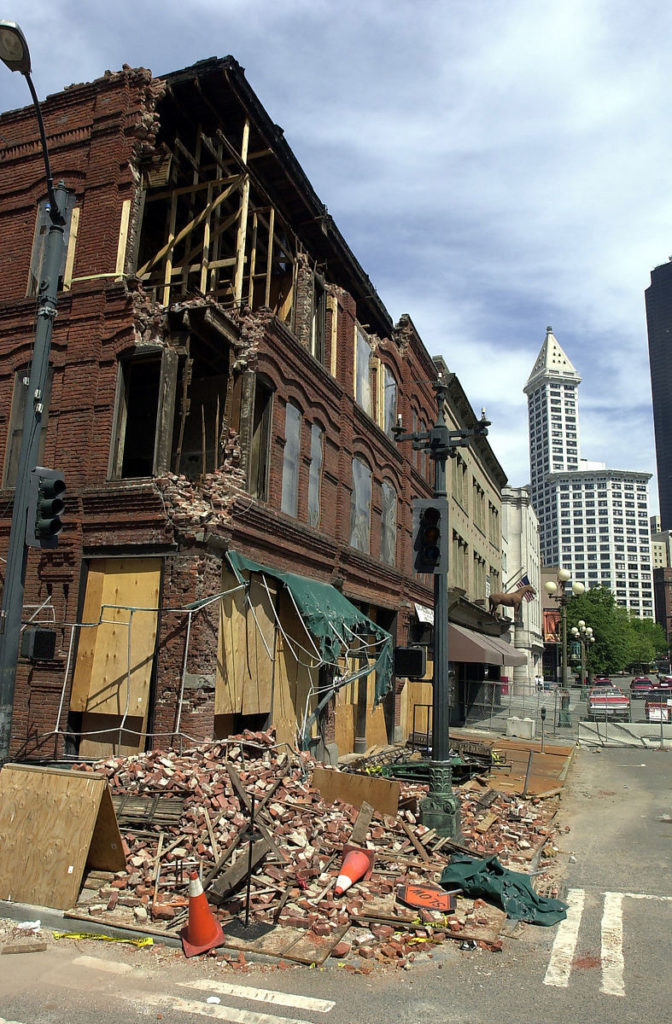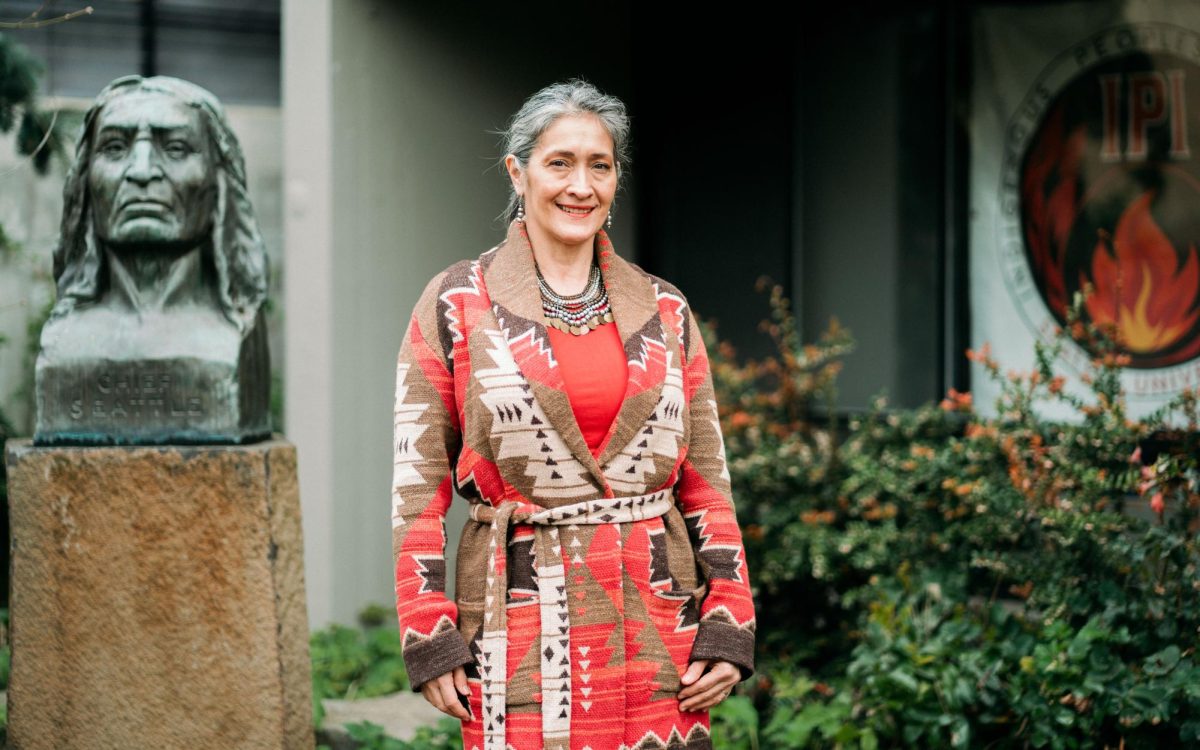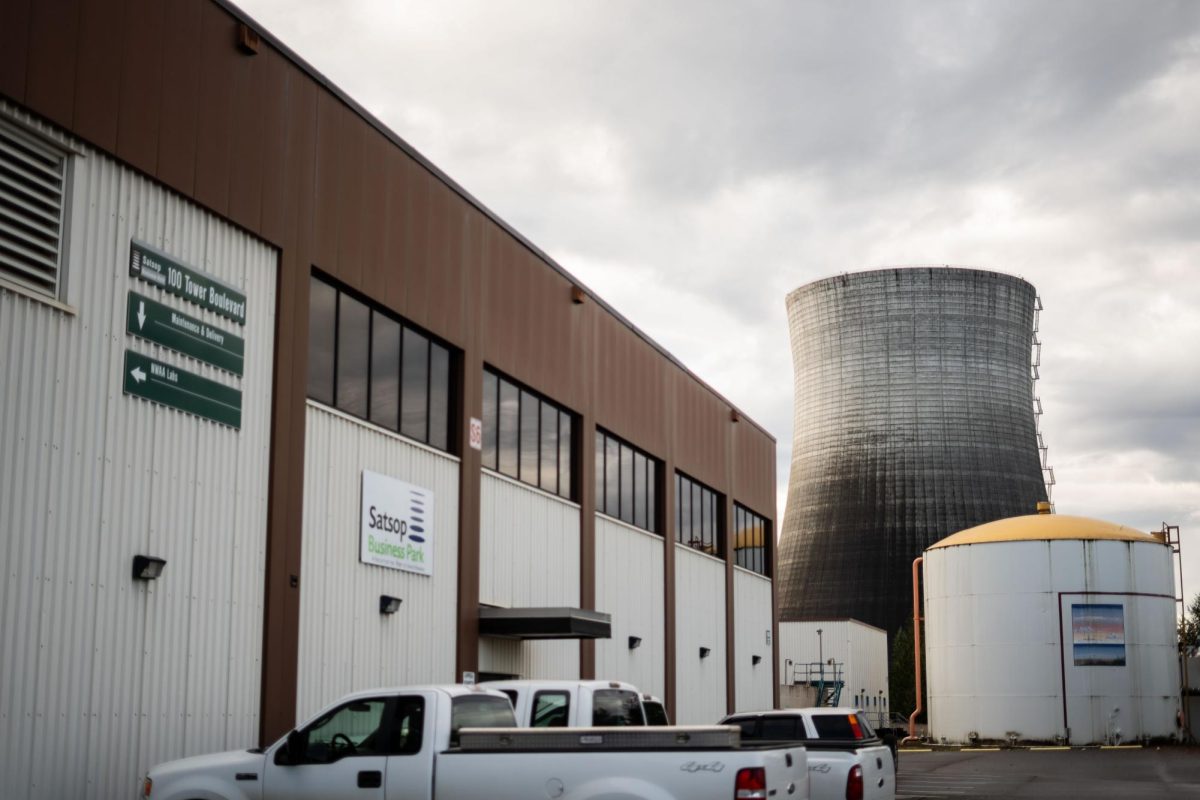In 2015, when the New Yorker published an article about the massive earthquake expected in Seattle, it caused many in the Pacific Northwest to panic. With the last major Washington earthquake occurring in 2001, experts are expecting “the big one” to rival that of Japan’s 2011 quake.
The reason for concern is Seattle’s unique location in the Cascadia subduction zone, combined with its foundation on a sediment-filled basin. Stretching for 700 miles, the Cascadia subduction zone reaches from northern California to Vancouver, British Columbia and is the meeting place of the North American and the Oceanic tectonic plates.
As the tectonic plates move, tension builds in the subduction zone. Based on the depth and width of the fault, it is predicted that the resulting earthquake will fall within the range of 8.7 to 9.2 magnitude.
It is not possible to predict with exact accuracy when the quake will hit, only that it will. Experts say it could be as soon as tomorrow, or as distant as 50 years.
Craig Birklid, executive director of public safety and transportation, and Chris Wilcoxen, assistant director of emergency operations spoke to the preparedness of Seattle U.
They assured that all buildings are structurally up to code and built with reinforced concrete, emphasizing that the majority of damage in earthquakes results from items inside structures such as ceiling tiles and objects stored at higher heights.
The City of Seattle’s Office of Emergency Management recommends preparing supplies for 7-10 days, minimum.
Seattle U has three days of food and water prepared for 1,000 individuals, but recommends that students prepare emergency kits of their own. Wilcoxen suggested evaluating the things you need daily and assembling an emergency kit in a small book bag or backpack.
“Food, water, first-aid kit, pretty standard stuff,” Wilcoxen said. “But then you need to have the things that fit your needs. There are those food specific items, do you wear glasses, do you have a second pair, do you take prescriptions, are you going to have your medications for 7-10 days, do you need to take it with water, things like that.”
Birklid discussed communication, noting that cell towers will likely be down, disrupting all communication in the affected area.
“Sometimes out of state, long distance phone lines will be available when local phone lines are not,” Birklid said. “So, having that person that’s in an area that’s not impacted that you can connect with to let people know that you’re okay [is important].”
These preparations are extremely important, and for many could be the difference between life and death when the earthquake hits.
In true Jesuit fashion, Rachel Luft, associate professor of sociology, examined disasters at a larger community level. With a focus on social justice, her thoughts highlighted aspects of disaster preparedness that Seattle U is lacking.
Luft noted that it is the weakest parts of our community that are going to experience the most damage in a disaster. “Whatever weak links there are in our system now will be exacerbated,” she explained. “Disasters take fragilities, take oppression, take inequalities, and make them more concentrated.”
In many instances, it seems difficult to predict what the outcome of a disaster will be. Luft drew on the sociology of disaster to emphasize that disasters are a social justice issue, and that we should all think of them in this way.
“We see a direct correlation in how people are doing before disasters and how they’re doing after, and unless we have publically funded and publicly supported mechanisms for preparedness and mitigation, some people will be left most vulnerable,” Luft said.
This applies both at the level of city government, but also at the institutional level at Seattle U. With approximately 70 percent of first-year students moving from out-of-state, in the event of a disaster at this magnitude, a significant portion of Seattle U’s student body will be reliant upon the university.
Birklid and Wilcoxen discussed the beginnings of an emergency preparedness plan, but the details remain unclear.
Though it can be overwhelming to think about the possibility of disaster, Birklid, Wilcoxen and Luft all emphasized the same thing: stay informed. Addressing the student population, Luft offered a piece of advice.
“The first thing is to pay attention and prepare and don’t be in denial,” she said. Luft also emphasized that taking seemingly small steps toward preparedness is very empowering, and will be vital in the future.
Rachel may be reached at
[email protected]












